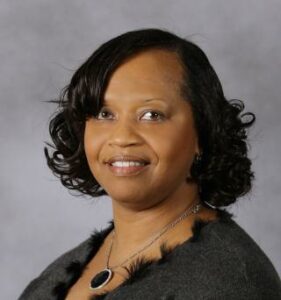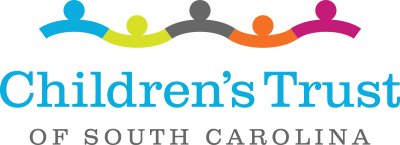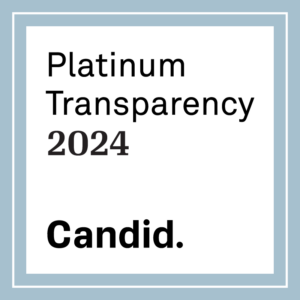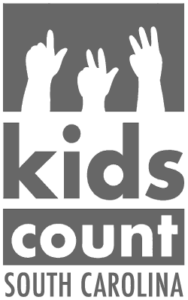By Zelda Quiller Waymer, President and CEO of the South Carolina Afterschool Alliance
 This week, the National Assessment of Educational Progress (NAEP) released the latest results of the Nation’s Report Card. Teenagers’ math and reading performance has continued to fall with math scores showing the largest-ever declines since the NAEP began tracking long-term trends in student performance about 50 years ago.
This week, the National Assessment of Educational Progress (NAEP) released the latest results of the Nation’s Report Card. Teenagers’ math and reading performance has continued to fall with math scores showing the largest-ever declines since the NAEP began tracking long-term trends in student performance about 50 years ago.
This is a national wake-up call.
According to the National Summer Learning Association, summer learning programs have emerged as the top strategy for helping students recover academically from the pandemic’s impacts. More than half the districts plan to spend COVID-19 relief money on summer programs, and about a third will pay for extended learning time after school.
High-quality, equity-driven summer experiences can be transformative for children and youth of all ages and backgrounds. They develop closer relationships with their peers and teachers, gain academic and social-emotional skills that help set the foundation for success in school and life. Students of all socio-economic backgrounds can explore the outdoors, participate in sports, and sharpen their creativity in the arts. Summer also can serve as a gateway into internships and other career opportunities for older students as they enter a fast-changing employment marketplace. Well-run summer programs have significant, positive impacts on multiple domains of learning and thriving.
In South Carolina, over 100,000 kids currently participate in afterschool and summer programs; over 300,000 more would enroll if a program were available. Many students live in underserved and underrepresented areas, without the resources they need to be successful.
With academic disparities and gender gaps, as well as a lack of broadband, transportation and resources, the South Carolina Afterschool Alliance network of summer programs and partners are trying to support students to succeed and prepare them for college and career. Today, there are over 1,600 afterschool and summer learning programs across the state. We’re continually growing and innovating to do more.
When school is out for the summer, we know summer programs are an essential lifeline in many communities to continue providing students with enriching activities, academic recovery, social time, access to healthy meals and more. Research shows summer programs also help students combat learning loss, promote academic growth, and enhance their social-emotional development. Attendance at a summer program alone doesn’t guarantee these benefits for youth.
However, there are specific features to look for when deciding which program to select for your student. Here are key elements of a quality summer learning program.
ELEVATE RELATIONSHIPS & ENRICHMENT
Positive, supportive relationships and rich, stimulating environments ignite the brain to form connections that promote learning. Developing the conditions for connection and development— including opportunities to play, explore new skills and experiences, and connect with peers and caring adults—can help cultivate relationships and support higher levels of growth. Effective summer programs go well beyond classroom skills remediation and invest in enriching experiences that can be life-changing. Supportive learning environments are also key to helping young people shape their voices and sense of purpose.
DEEPEN COMMUNITY PARTNERSHIPS
Creating a community system for summer learning and growth opens the door to collaboration, reduces duplication of efforts, and results in stronger shared investment and support for student learning and well-being. It’s often very helpful to collaborate with local governments, community-based organizations, business and industry leaders, and summer program providers. These partnerships will help your program broaden student participation, deepen culturally responsive learning experiences, and achieve stronger learning outcomes.
CUSTOMER COME FIRST
An effective community approach starts with thinking of families and communities as co-designers of summer programs. What do youth and families want and expect from their summer learning opportunities? Doing your market research first and developing your program in response to local need will help ensure not only a higher level of demand for the services you offer, but also ensure a strong sense of investment and ownership on the part of the youth you serve.
INTEGRATE WELL ROUNDED LEARNING & WORK THAT MATTERS
A well-rounded education moves beyond the courses students take and into essential life skills. It provides the knowledge and skills to live, learn, work, create, and contribute to society. It also ensures that every student is known, heard and supported. The goal is to establish and actualize a definition of a well-rounded education that focuses on the whole student and their community, the knowledge and skills they learn, and the beliefs and attributes they develop.
ENSURE MENTAL HEALTH AND WELL-BEING
Building relational trust, care, and connection among families, staff, and students is fundamental to summer programming. Summer programs must attend to students’ physical, emotional, mental, behavioral and relational health needs for individuals to reflect, connect and learn. This includes creating conditions for racially, culturally and linguistically affirming practices and building safe, intentional and inclusive spaces where students can reflect and make meaning of their experience. Students’ mental health and well-being must be a primary driver in planning summer learning.
PURPOSEFUL PLANNING AND QUALITY PROGRAMS
To realize summer’s full potential, it is essential to start planning early. Launching a summer program is akin to starting a new school year and ending it within weeks. Quality summer programming requires advanced planning that typically starts the prior school year in September. An early and robust planning process might be one of the most important characteristics of a strong program. Families make plans for summer by mid-April—meaning schools, districts and partners must move quickly to determine summer plans.
We encourage parents, teachers, and students to explore the wide array of summer programs available across South Carolina through the South Carolina Afterschool Alliance online program finder. With over 1,600 programs searchable by city, zip code, or county, you’re sure to find the perfect fit for your student’s summer adventure.
The mission of the South Carolina Afterschool Alliance is to raise awareness, increase sustainability, and promote the importance of quality afterschool and summer learning programs for children and youth across South Carolina.



